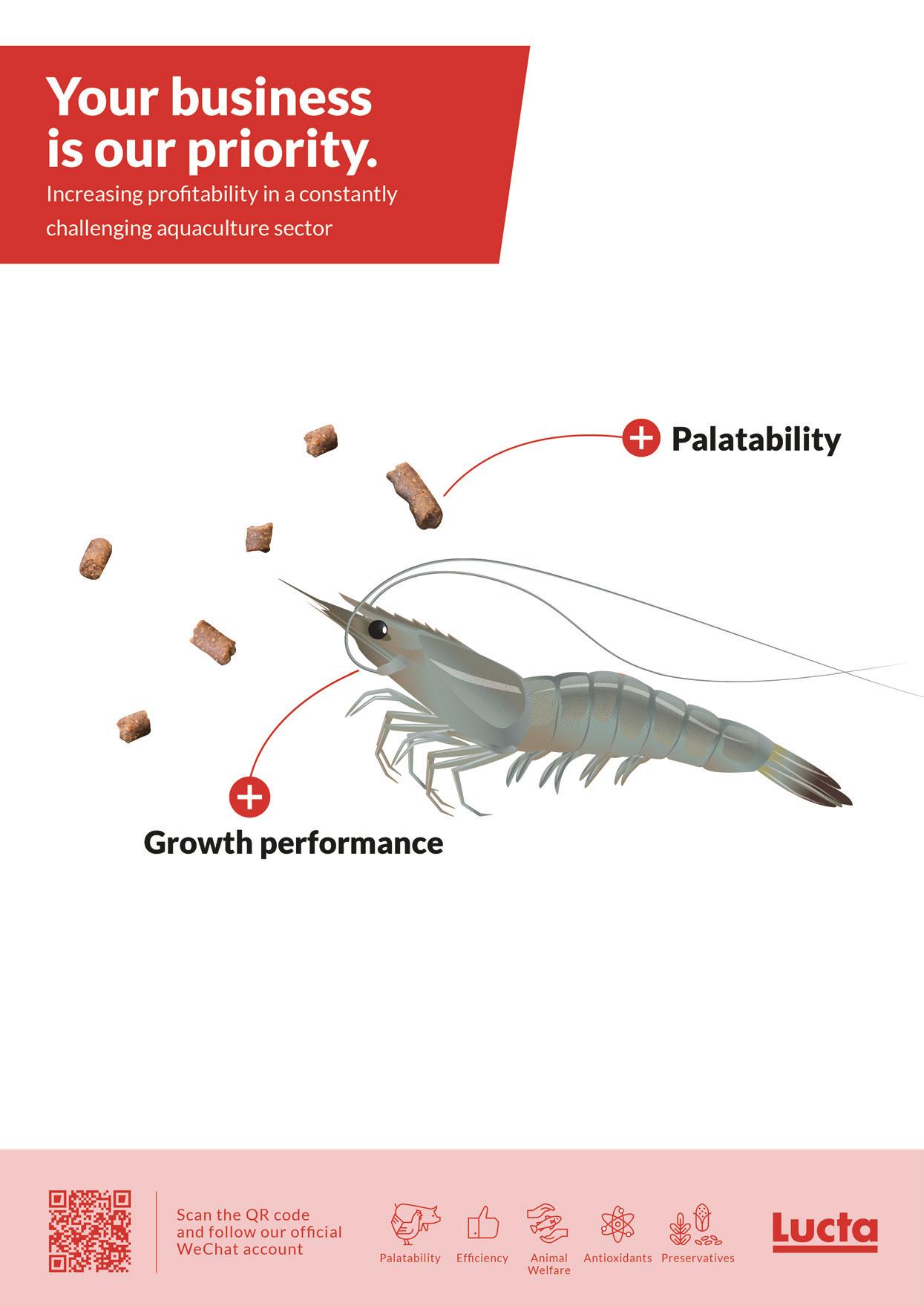
8 minute read
Nursery diet for freshwater fish: A concentrate of technology
By Frédéric Baron and Delphine Weissman
Enhanced production of high quality and healthy fry is the key target for a successful and competitive expansion of the aquaculture industry (Valente et al., 2013). During larval and nursery stages, the growth potential of freshwater species like tilapia, African catfish and Pangasius is exponential and needs to be fully supported.
The primary nutrients source for farmed fish is in formulated complete feed. Consequently, technology and know-how are mandatory to provide feeds adapted to each species at each stage. Nursery feeds are crucial for this sensitive period. Therefore, they must be precisely designed with the correct nutritional requirements.
These feeds need to be designed to comply with physical pellet quality, feed intake and nutritional efficiency. Precise technology with specific formulation is necessary for the starting phase feeds.
Precise nutrition and adapted formula
DP/DE ratio
Understanding the raw materials characterisation and nutritional requirements of the fish for development are crucial to formulate feeds using digestible nutrients. Dietary protein digestibility is important to determine how efficiently the ingested proteins can be utilised by fish fry. ADM’s R&D facilities in Vietnam conducted trials and compiled them in a meta-analysis that clearly shows the effects of digestible protein intake on young tilapia growth (Figure 1). The right ratio of digestible protein/digestible energy (DP/DE) in the diet formulation optimises growth and avoids massive nitrogenous discharges that may pollute the aquatic environment (Figure 2).
Lipids
Freshwater fish species possess the ability to desaturate and elongate the C18 essential fatty acids chain to a longer unsaturated fatty acid chain (HUFA). Hence, they do not have the same nutritional dependence on HUFA (omega- 3) compared to marine species (Kolkovski et al., 2009). Nevertheless, during nursery phase, cell multiplication is constantly occurring and phospholipids are crucial to complete the lipidic profile of nursery diet. Phospholipids are structural constituents of biomembranes and are in high demand during the nursery phase due to their importance to fish development.
Minerals, vitamins and functional additives
Ensuring an adequate dietary supply of macro- and micro- minerals for farmed fish is essential for proper somatic and skeletal growth, health and final flesh quality. In addition to morphological changes and exponential growth, young fish are exposed to numerous stressors such as handling, grading, vaccination, transferring between different culture systems or farms, mixing of populations, density and water quality variations, multiple pathogenic pressure, etc. At the same time, it is a period when both the immune and digestive systems are still immature. Therefore, young fish need high quality feeds with the correct quantity of specific minerals and vitamins. Key functional additives for strategic objectives should be included in the diet to better support fish during this critical stage and beyond.
Digestive enzyme activity
In farming, feed efficiency for maximal growth in animals depends on nutrition profile, ability to consume, digest, absorb and metabolise nutrients from feed (Umalatha et al., 2016). Nutrient utilisation in aquatic animals depends on digestive enzyme activity, which changes during fish growth (Kolkovski, 2001). Since each age group has different digestive enzyme activity, fish also has different nutritional requirements during growth. Therefore, it is necessary to develop feed formulation that is suitable for different sizes of fish.
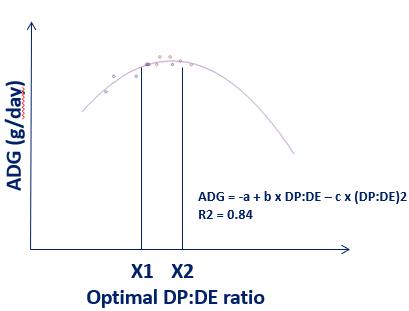
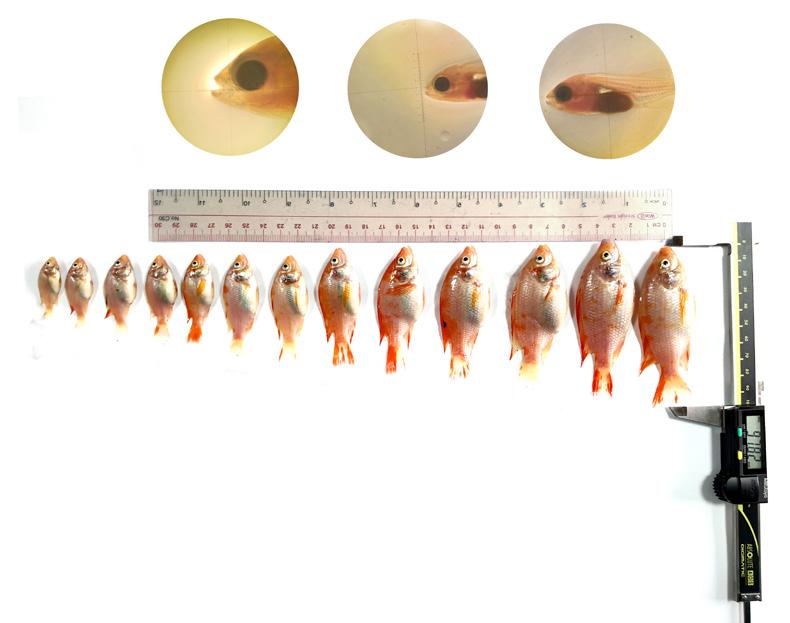
Figure 3. Mouth size of red tilapia fingerlings. Source: Technical team, ADM Asia
Feed intake stimulation
Fish fry grow extremely rapidly and are required to be fed many times a day. Therefore, quality of raw materials is crucial to provide attractability and essential nutrients needed for the fry. Additionally, attractability and feed intake can be increased by potent stimulants, such as free amino acids or small peptides. These attractants can increase feed intake during the search for food, detection and recognition.
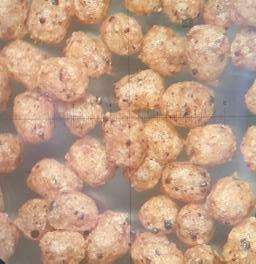
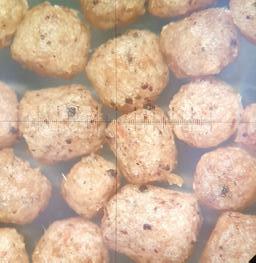

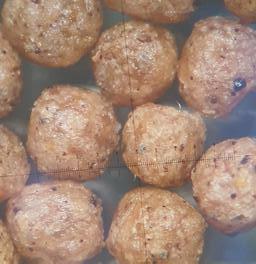
Figure 4. Nursery extruded pellets from 0.5 – 1.0 – 1.5 – 2.0 mm size under microscope X20 times. Source: Technical team, ADM Asia Figure 5. Advanced technologies produce quality nursery feeds.
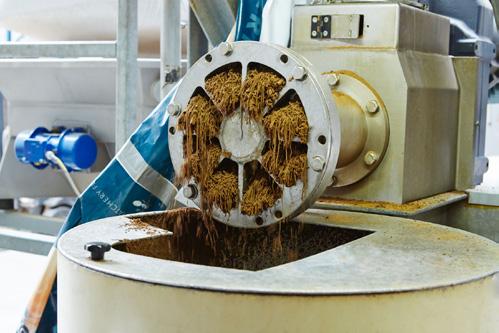
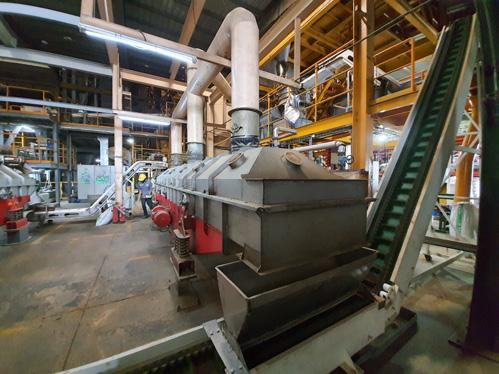
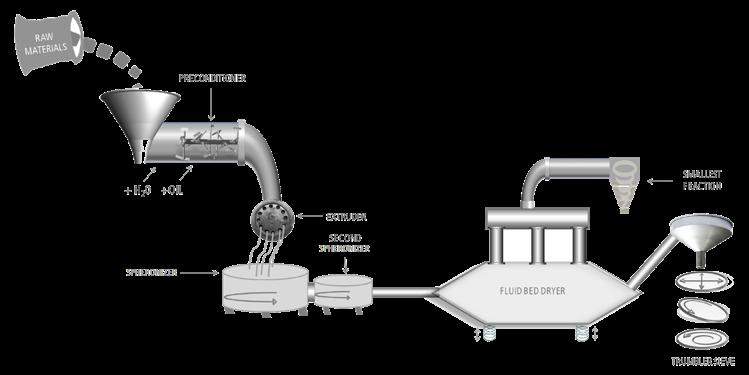
Figure 6. Demonstration of micro-extrusion technology.
A unique nursery feed manufacturing technology
Pellets need to be sufficiently stable to prevent the particles disintegrating in water. A good stability maintains a good retention of water soluble micronutrients and minimises water pollution. Pellets should also be accessible to fingerlings and have an appropriate diameter and shape (Hamre et al., 2013). Micro-pelleted feeds fit completely with these properties, preventing excessive nutrient leaching, achieving good digestibility and particle homogeneity. ADM uses two technologies to produce the nursery feed range. We apply the marumerisation technology (for 0.2, 0.3 and 0.5mm pellet sizes) and micro-extrusion (for 0.6, 1.0, 1.5, 2mm pellet sizes). Marumerisation technology includes cold extrusion and spheronisation processes. The cold temperature process prevents proteins from being denatured, hence improving digestibility and growth performance. Spheronisation creates evenly rounded feed pellets and improves water stability of the particles (less leaching). The micro-extrusion technology produces floating feeds that are well-adapted to the fingerlings’ behaviour and farmer demands.
CLEAN FEED. CLEAN WATER.
Wenger Extrusion Solutions for RAS Feed Production
Wenger innovative extrusion solutions deliver clean, durable, nutritional feeds specifically designed for the most efficient RAS operations. Feeds produced on Wenger systems maintain their integrity better and longer, for clean and clear water. So you feed the fish, not the filter. Learn more about the Wenger RAS advantage. Email us at aquafeed@wenger.com today.
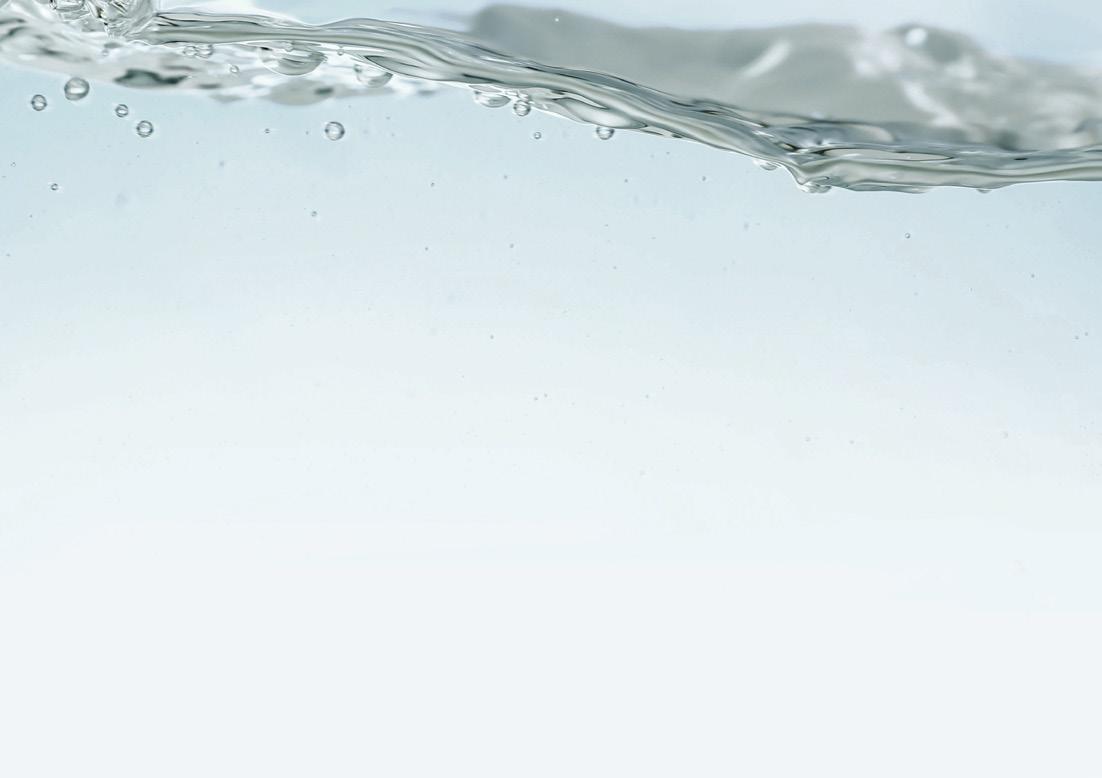
PHONE: 785.284.2133 | EMAIL: AQUAFEED@WENGER.COM | WENGER.COM USA | BELGIUM | TAIWAN | BRASIL | CHINA
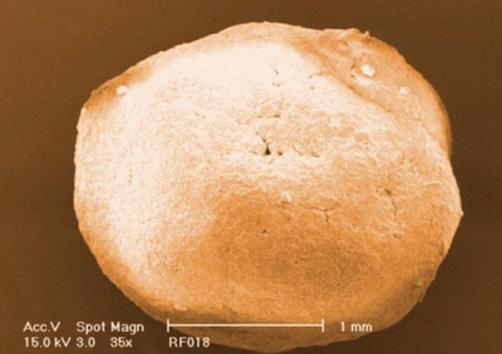
Microscope view of a premium nursery feed particle (WeaN Prime)
The nursery phase is the critical period to invest in using formulated. Indeed, right feed selection during this stage will support the fish performance throughout its life cycle by coping better with external stress and potential pathogens. Investment in quality feed during this short but critical period should be carefully considered by farmers because it can greatly contribute to the farm’s economic success.
ADM’s Nanolis nursery feed range for freshwater fish contributes to healthy fingerlings and economic success. ADM’s expertise across multiple disciplines, including nutrition, R&D and manufacturing as well as field experiences in all aquaculture production systems, allows us to implement a holistic approach to support all aquaculture stakeholders. By focusing on the fingerlings’ health through a nutritional perspective, farmers can positively impact the performance of their fish in subsequent life stages.
References
Ebrahimnezhadarabi, M., Saad, C.R., Harmin S.A, Kamal, M., Satar, A. 2011. Effects of phospholipids in the diet on biochemical factors of sturgeon fish (Huso huso) juveniles. African Journal of Biotechnology 10: 8511–8516. Fontagné, S., Burtaire, L., Corraze G, Bergot P. 2000. Effects of dietary medium-chain triacylglycerols (tricaprylin and tricaproin) and phospholipid supply on survival, growth and lipid metabolism in common carp (Cyprinus carpio L.) larvae. Aquaculture 190: 289–303. Hamza, N., Mhetli, M., Ben Khemis, I., Cahu, C., Kestemont, P. 2008. Effect of dietary phospholipid levels on performance, enzyme activities and fatty acid composition of pikeperch (Sander lucioperca) larvae. Aquaculture 275: 274–282. Izquierdo, M.S., Koven, W. 2011. Lipids. In: Holt J (ed.). Larval Fish Nutrition, pp. 47–84. Wiley-Blackwell, John Wiley and Sons, Chichester, UK. Kanazawa, A., Teshima, S., Inamori, S., Iwashita, T., Nagao, A. 1981. Effects of phospholipids on growth, survival rate and incidence of malformation in the larval Ayu. Memoirs of the Faculty of Fisheries, Hokkaido University 30: 301–309. Kolkovski, S., Lazzo, J., Leclercq, D., Izquierdo, M. 2009. Fish larvae nutrition and diet: New developments. In: Burnell G, Allan G (eds). New Technologies in Aquaculture Improving Production Efficiency, Quality and Environmental Management, pp. 315–369. CRC Woodhead, Cambridge, UK. Kolkovski, S. 2001. Digestive enzymes in fish larvae and juveniles - Implications and applications to formulated diets. Aquaculture. 200. 181-201. 10.1016/S0044-8486(01)00700-1. Koven, W. 2003. Key factors influencing juvenile quality in mariculture: a review. Israeli Journal of Aquaculture-Bamidgeh 55: 283–297. Hamre, K., Yúfera, M., Rønnestad, I., Boglione, C., Conceição, L.E.C., Izquierdo, M. 2013. Fish larval nutrition and feed formulation: knowledge gaps and bottlenecks for advances in larval rearing. Reviews in Aquaculture, 5: S26-S58. https://doi.org/10.1111/j.17535131.2012.01086.x Valente, L.M., Moutou, K.A., Conceição, L.E., Engrola, S., Fernandes, J.M., Johnston, I.A. 2013. What determines growth potential and juvenile quality of farmed fish species. Rev Aquacult, 5: S168-S193. https://doi.org/10.1111/raq.12020 Tocher, D.R., Bendiksen, E. A., Campbell, P.J., Bell, J.G. 2008. The role of phospholipids in nutrition and metabolism of teleost fish. Aquaculture 280: 21–34. Umalatha, Sridhar N, Kushwaha JP, Gangadhar B. 2016. Digestive enzyme activities in different size groups and segments of the digestive tract in Labeo rohita (day, 1878). J Aquac Mar Biol. 2016;4(5):11-12. DOI: 10.15406/jamb.2016.04.00098 Zambonino-Infante, J.L., Cahu, C.L. 2007. Dietary modulation of some digestive enzymes and metabolic processes in developing marine fish: applications to diet formulation. Aquaculture 268: 98–105.
Frédéric Baron is Senior Research Associate at ADM.
Delphine Weissman is Manager Research & Application Aquaculture at ADM.
The original and still the best! Ovaprim
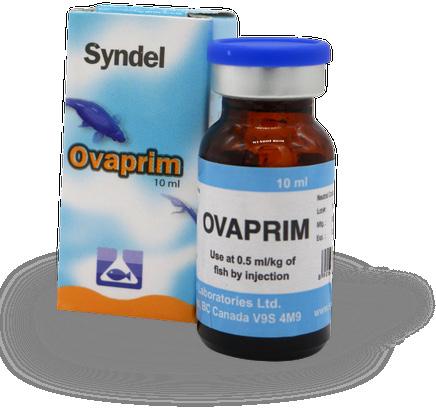

Manufactured by:
syndel.com email: salesasia@syndel.com
For over 40 years, Syndel has been at the forefront of developing high quality aquatic fish health solutions for Fish Reproduction, Disease Prevention & Treatment, Fish Handling, Nutrition and Biosecurity.
Syndel’s full line of fish spawning products include: • Ovaplant-L • Ovaplant • LHRHa • OvaRH • cGnRH IIa
